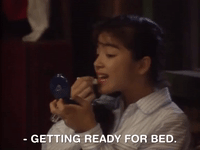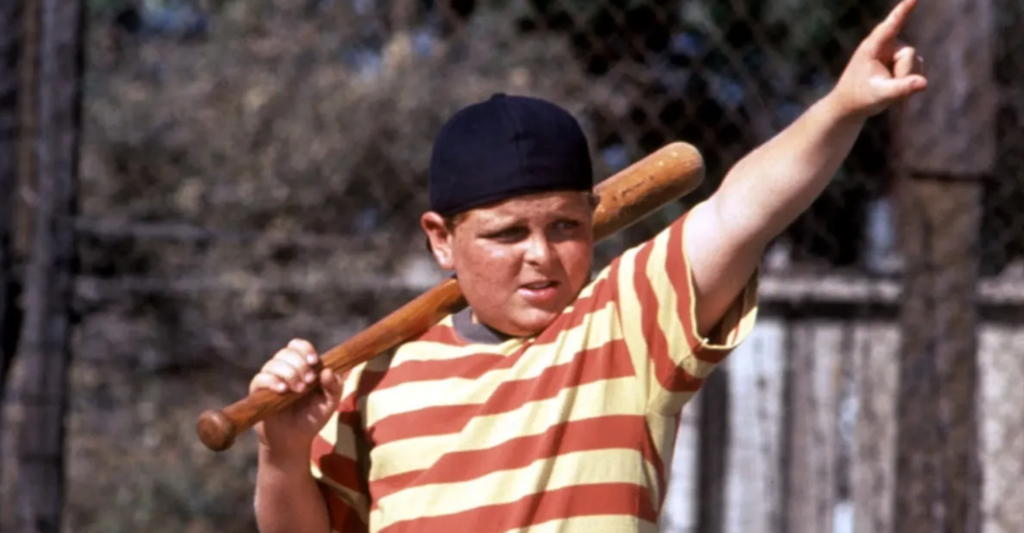
Major League Baseball kicks off its 2025 season this week, but the poetry of the game can be appreciated year-round. Gameday goers covered in body paint may not seem to enjoy the way strikes, outs, runs, and innings layer into literary verses and stanzas like dirt caking players’ faces. However, poets have been writing about the game since the late 19th century.
Ernest Thayer’s 1988 poem, “Casey at the Bat” captures the intensity of failure in what feels like a sure thing.
A straggling few got up to go in deep despair. The rest
Clung to that hope which springs eternal in the human breast;
They thought, “If only Casey could but get a whack at that—
We’d put up even money now, with Casey at the bat.”
Robert Fitzgerald’s work, “Cobb Would Have Caught It,” published in Spring Shade: Poems 1931-1970 illustrates a triple that Detroit Tigers’ centerfielder Ty Cobb would have surely nabbed.
Cleats dig into dust. Outfielder,
On his way, looking over shoulder,
Makes it a triple. A long peg home.
Ogden Nash’s 1949 poem “Line-Up for Yesterday” dedicates each letter of the alphabet to MLB player, starting with Grover Cleveland Alexander, “The great Alexander,” one of the more tragic heroes in the league’s history.
A is for Alex
The great Alexander;
More Goose eggs he pitched
Than a popular gander.
All of these poems reflect on the game the same way that literature reflects life. The wins are less interesting than the losses, and you don’t have to understand everything that’s happening to get caught up in the moment. There is an art to sports, just as there is a sport to art.
Root, Root, Root for the Bad Team
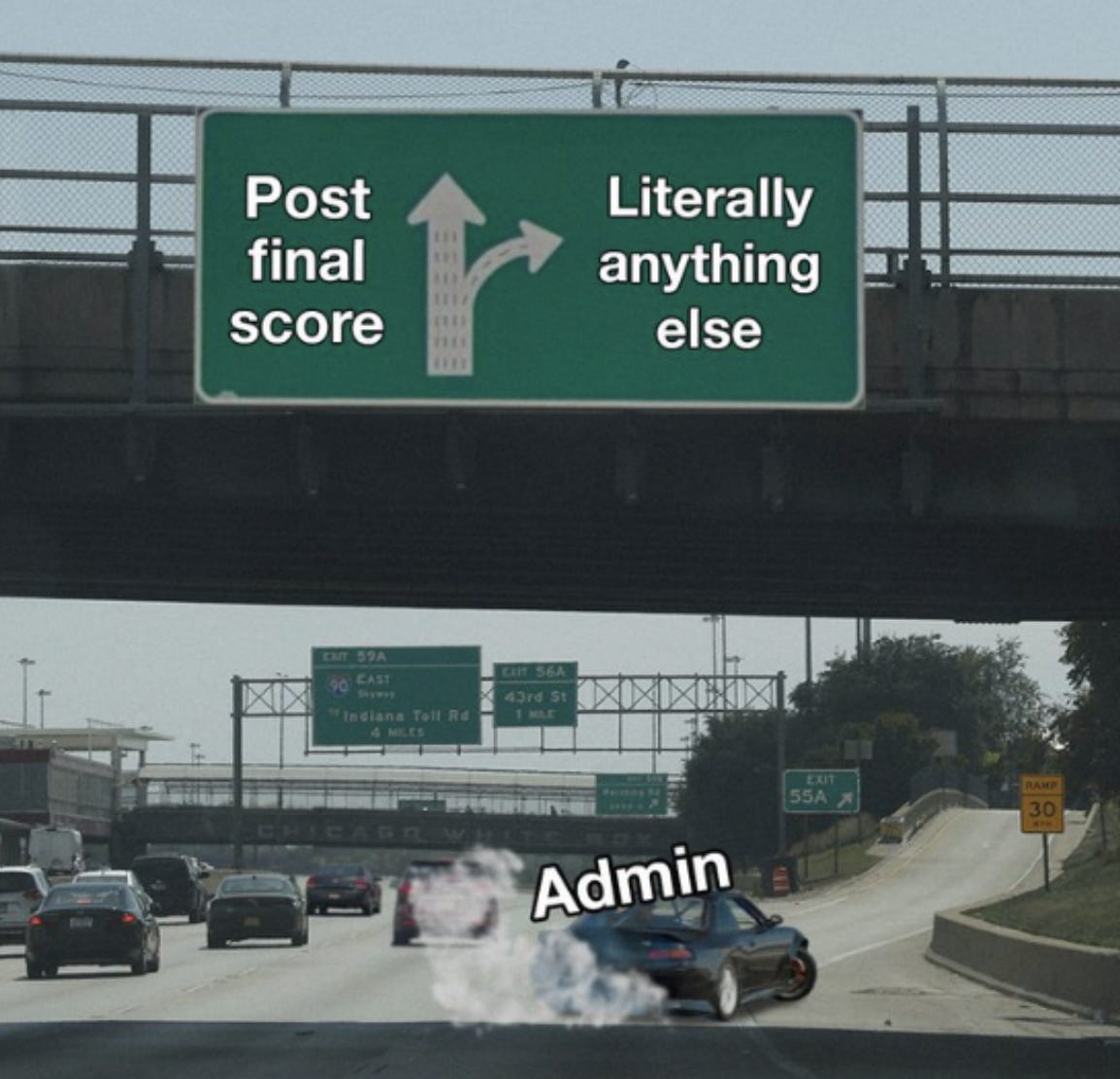
The best part of living on the southside of Chicago is not the food, the art, or even the vague mob presence. All of that is alive and well in the vibrant Bridgeport neighborhood. But the best part of being a Southsider is the glee that comes from rooting for a baseball team that is so historically bad that they stopped tweeting the results of their games.
Sometimes, being a White Sox fan means cheering for your team, except when it makes sense. Like when the team rallied to score three runs in the eighth inning, beating the Los Angeles Angels on their home field, the stands erupted into Italian beef-infused boos because our loveable losers failed to break the record for the most losses in a single season.
They broke the record and hit their 121st loss later that week, but that did not change the moment’s beauty. A stadium (partially) full of fans who accept your flaws so unconditionally that it breaks their brains when you succeed. There is a childlike joy that comes with adoring a baseball team, but that joy is ever purer when they are absolutely terrible. That’s how you know you’re unconditionally there for the love of the game.
Self-help gurus and business experts have spouted that the secret to success, counterintuitively, is the ability to embrace failure. If this is true, than the White Sox are one of the most successful teams playing today.
Sipping down a cold Old Style draft that is conveniently cheaper than the stadium beers of “good” teams, it’s clearer than the Chicago skyline that if you can find this kind of pride in losing, you can do anything.
Chew on This
As though we needed any more evidence of baseball’s uniquely chill pace, it’s the only major sport in which athletes have a long history of actively using tobacco while playing. The MLB actually prohibited players from using chewing tobacco on the field in 2016. That hardly changes the long association between players and their fat lower lips. Forget apple pie. It was chewing tobacco that stood alongside baseball as an American staple in the late 19th century. As chew was gaining general popularity (and people were tolerating spittoons, like everywhere), baseball players realized the product offered them several additional benefits. Firstly, the increased saliva production from chew helped mitigate the dustiness of baseball fields. Chew also helped facilitate the making of the infamous spitball, which was outlawed in 1920.
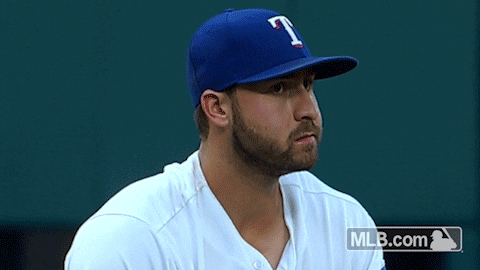
It seems in some ways, we’re at the top of a new inning in baseball-related nicotine antics. It seems that in many ways, nicotine patches like Zyn may be the new chew. Unlike chew, these products deliver nicotine through the gums without the use of tobacco. The pouches are based on a model that was originally popularized in Sweden. Thanks to platforms like TikTok, the use of the pouches is on the rise among young people in the States. As was the case in the 1800s when chew was a thing, baseball players seem to be at the helm of this trend. Since the 2016 ban on chew, many guys in the MLB suck on a Zyn while they’re posted up in left field or staring down the right-handed guy at home plate.
Studies have shown pouches to be much safer than traditional tobacco. Still, they’re hardly a “healthy” option. They do carry significant risks, including risks of cancer. We get wanting something to chew on while you’re trying to keep you’re head in the game. Big League Chew seemed to be onto something back in 1979, when they launched their shredded bubble gum in a tobacco-style envelope. Forget pouches – gum is the ultimate addiction management tool. Not only is it safer – it’s cheap. It also offers a lot of the mental benefits chewers and nicotine suckers might be seeking. Chewing gum has been shown to reduce stress levels and improve cognitive performance. Oh, snap.
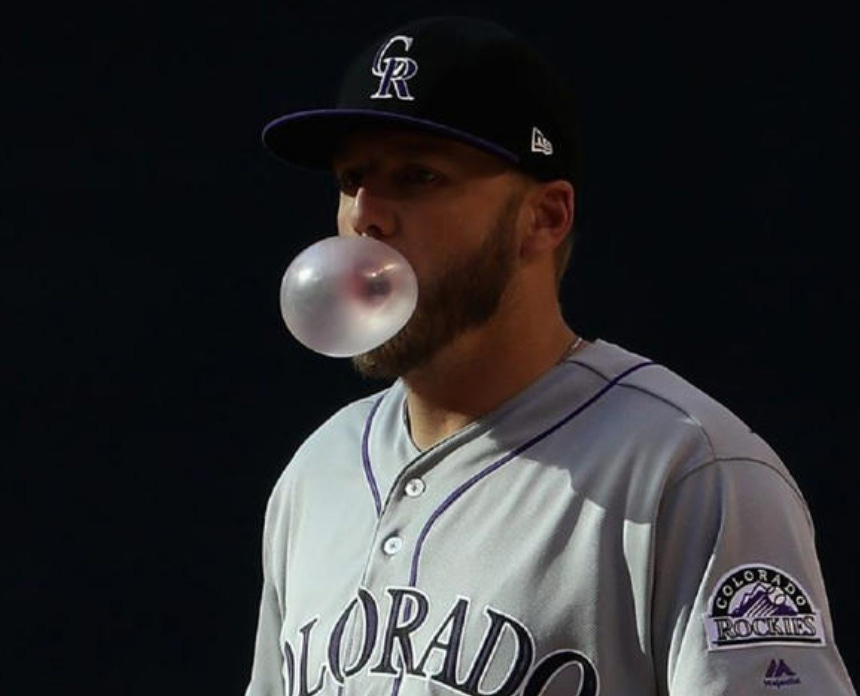
The Forecast Bitcoin is at 86,937.77/Gold is at 3,037.31/Detroit Tigers vs Los Angeles Dodgers Thursday, March 27, 7:00ET/4:00PT/NCAA Division II Men’s Basketball Championship (Semifinal #1) Thursday, March 27, 7:00ET/4:00PT/NCAA Division II Men’s Basketball Championship (Semifinal #2), 9:30ET/6:30PT/Improve your sleep with wind-down routine tips from Substacker Olivia Adriance
